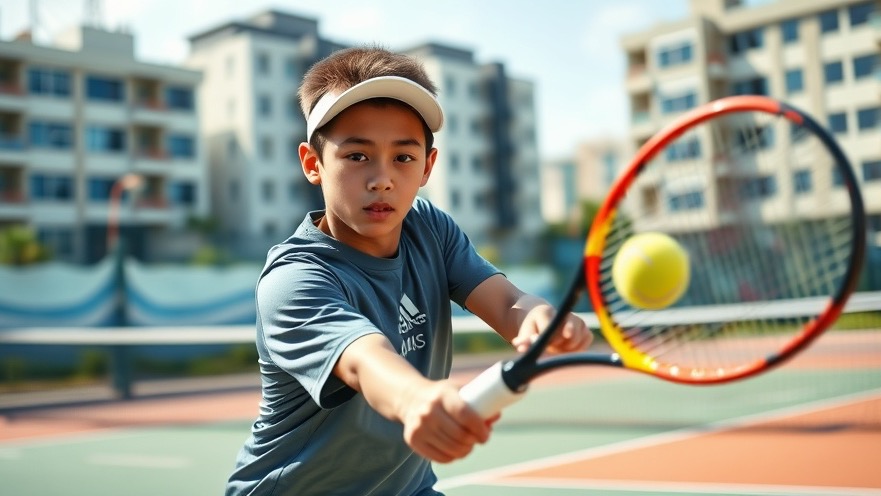
Embracing a Calm Mindset Under Pressure in Sports
In the world of sports, pressure often amplifies the stakes, and how athletes respond to it can influence their success or failure on the field. In the insightful video, "This is what most players get wrong under pressure 😳", the narrator emphasizes the importance of composure and relaxation when faced with high-pressure situations. The key takeaway? Athletes must not rush their actions but rather allow themselves to feel, breathe, and react naturally—like they would in their own living room.
In 'This is what most players get wrong under pressure 😳', the discussion dives into the importance of a calm mindset in sports, exploring key insights that sparked deeper analysis on our end.
The Psychology of Performance: Why Relaxation Matters
The ability to maintain a relaxed state is not just about physical execution; it’s fundamentally tied to mental performance. The video succinctly illustrates this through the metaphor of imagining a familiar, calm environment. When athletes visualize being in a stress-free space while executing their skills, they often unlock greater performance potential. This mindset shift helps reduce anxiety, allowing the body to operate efficiently and instinctively.
Parallel Example: The Living Room Visualization Technique
The notion of envisioning one’s “living room” offers a powerful parallel to how athletes can manage their focus and response during tense moments. Consider the practice in sports where players are encouraged to create mental imagery. Just like a golfer visualizes the perfect swing or a tennis player sees their shots, imagining a safe, comfortable space fosters a sense of confidence that can combat the jitters of competition. This technique isn’t just effective; it’s transformative, leading to better outcomes on the court, field, or course.
Real-Life Applications: Skills Transfer Under Pressure
Visual techniques aren't limited to just the games themselves—they can also serve athletes in their training routines. For example, repetitive practice and role-play scenarios where players experience different situational pressures allow them to embed calmness into their muscle memory. When the game time comes, applying these lessons can help players shift gears and perform closer to their potential. In essence, preparing mentally is just as crucial as physical training.
Future Insights: Importance of Mental Conditioning in Sports
As competitive sports evolve, the demand for athletes to be mentally resilient continues to grow. The video’s message highlights a future trend where teams might invest more in psychological training and tools that help players better cope with stress. Whether through meditation techniques, mindfulness practices, or even sports psychology sessions, mental conditioning will shape how modern athletes prepare for moments when the game is on the line.
In conclusion, embracing a calm mindset is not merely an add-on for athletes; it's a necessity. With each sport presenting unique pressures, athletes who learn to manage their emotions and reactions will find themselves equipped to outperform their rivals. The path to excellence is paved with self-control, patience, and a familiar visualization. So next time you step onto the court, take a deep breath, and channel that living room energy. You might be surprised at the difference it makes!
 Add Row
Add Row  Add
Add 




 Add Row
Add Row  Add
Add 

Write A Comment